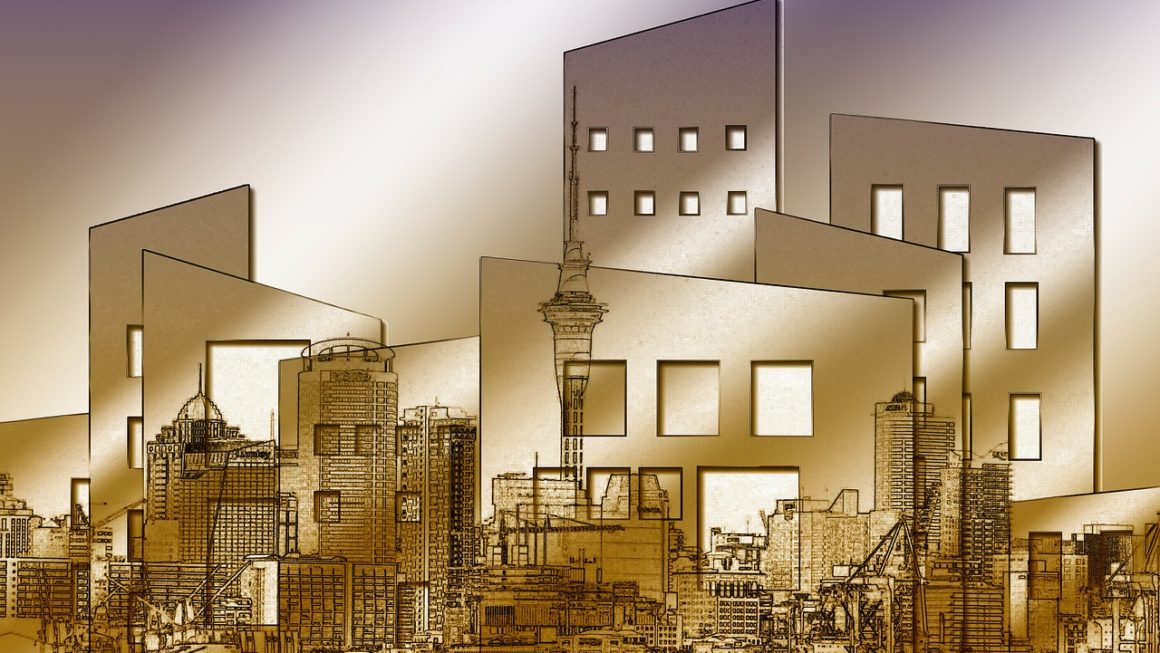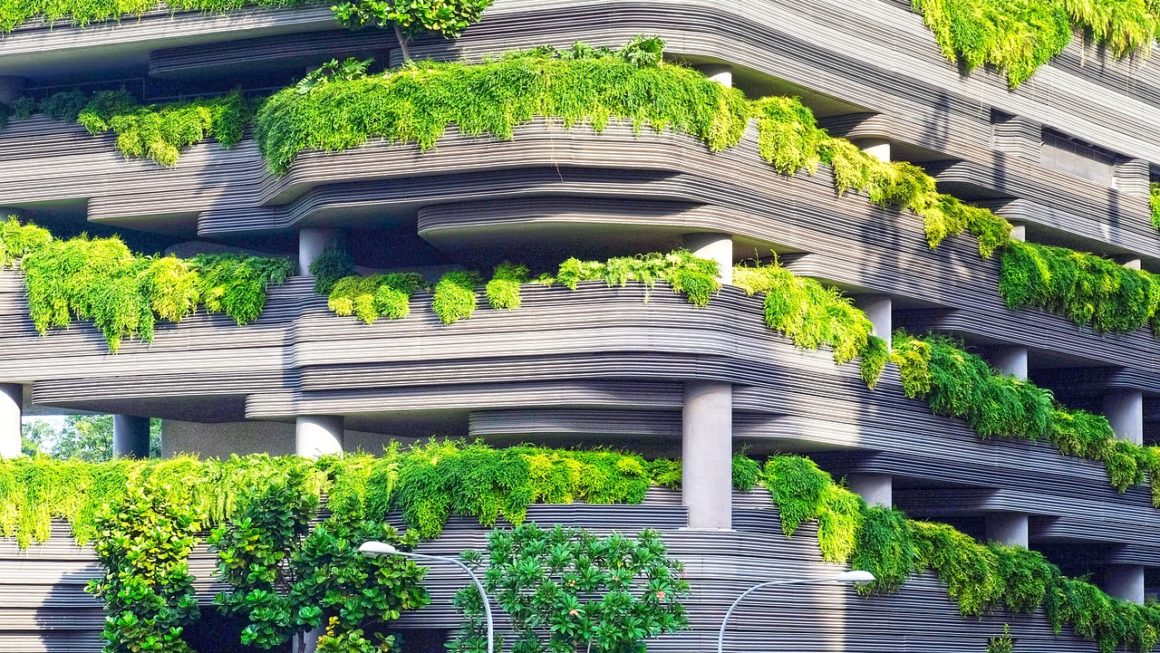The 1980s were a time of intense optimism and excitement. A decade full of mind-blowing sci-fi movies, music videos, and TV shows promised us a future that was brighter than ever before. I don’t know if people could have predicted that we would be able to video call people anywhere in the world, or have cryptocurrencies, or even visit online sites for betting such as all-betting-promo-codes.co.uk, but they sure did have great imagination when it came to the future. Nowhere was this more apparent than in the architecture world, where futuristic homes first began to emerge as symbols of progress and innovation. In fact, many of these futuristic houses were designed by some of the same architects who helped pioneer modernism in the 1960s and 1970s (like Frank Lloyd Wright). While they may not have predicted exactly what our homes would look like today—we don’t all have robot butlers or personal flying vehicles yet—their ideas did influence our ideas about how we live today…or at least gave us something to aspire towards!
What is a futuristic house?
The term “futuristic” refers to a style of house that was popularised in the 1980s and 1990s by architects such as Norman Foster and Frank Gehry. It remains popular today, though many people may not realise it since most modern houses look similar to each other.
Futuristic houses are characterised by clean lines and big windows, often with unusual materials like glass or metal used for siding instead of wood or brick (though there are exceptions). You’ll also find lots of curves—not just on furniture but also on walls and windowsills—as well as rounded edges on countertops and cabinets rather than sharp corners everywhere else.
What has changed about futuristic houses?
Today’s homes have become more energy efficient, environmentally friendly, connected and automated. They can be personalised to the needs of each individual family. They also often come in modular pieces that can be easily moved from one location to another.
1980s visions of the future may be more familiar to us than we realise
You may think it’s a bold claim to say that the future is now. But when you take a look at how far society has come in recent years, it’s hard not to see similarities between what some of us saw as the future back in the ’80s and what we experience today. Now that technology is developing faster than ever before, there are endless possibilities for what kind of world we’ll live in tomorrow—and most of them look pretty familiar!
Conclusion
It’s easy to look back at these futuristic homes and laugh at all their flaws. But when you think about it, they were pretty damn accurate! They predicted a lot of things that are commonplace today—like touchscreens and voice activation in our homes. Not to mention having solar panels on the roof or using materials like bamboo flooring or recycled plastic instead of traditional wood floors. And yet…there’s still plenty left to explore with regards to what we can do with this technology.



